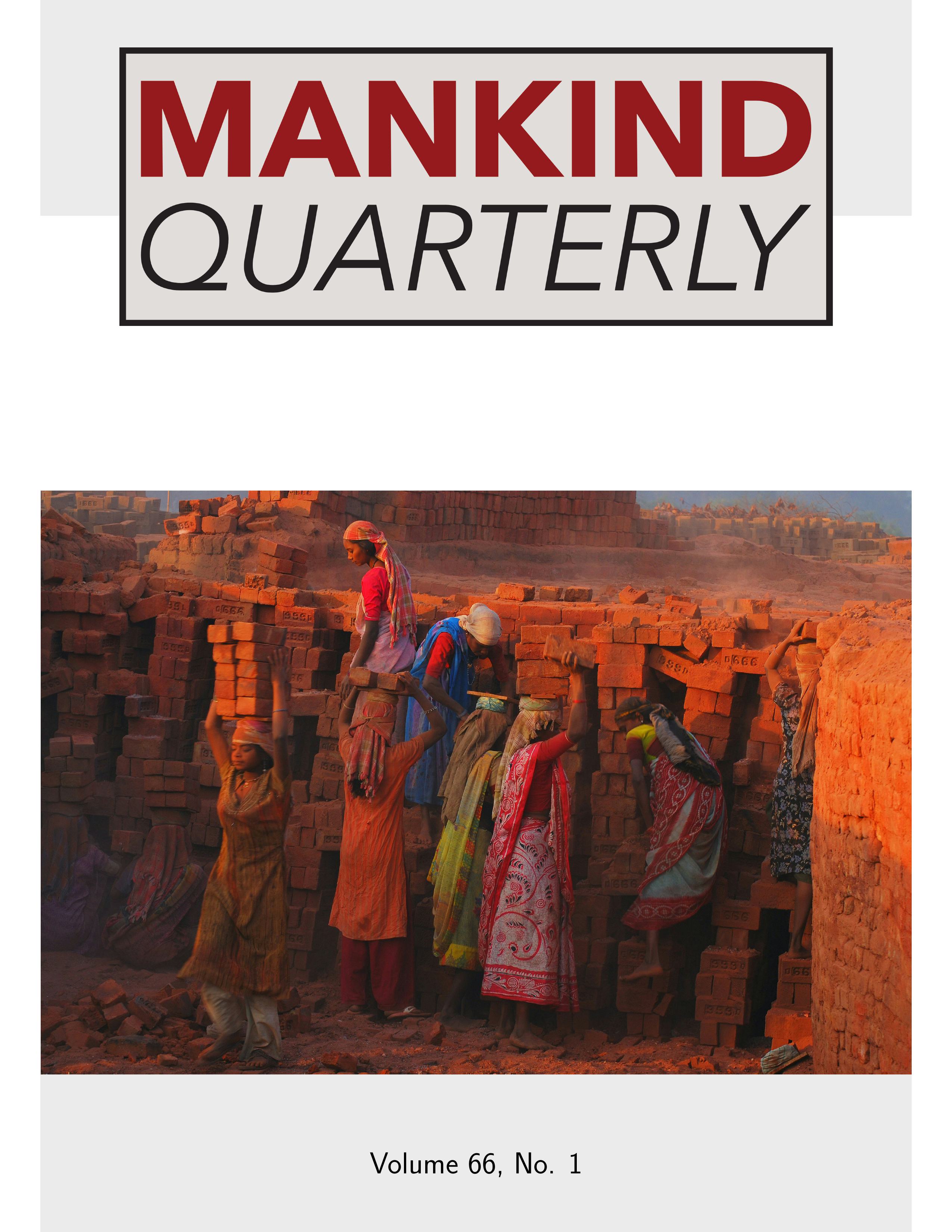Home > Archive > Volume 63, No. 1 > This paper
Clearing the Waters and Stressing the Evidence? Wigodner on Gendered Healing Votives in Roman Gaul
Leon A. Bastiansen
Published: 2022/09/01
Abstract
After Caesar’s conquest of Gaul there was a shake-up of the religious landscape with the Romans instituting a crackdown on Gaul’s traditional religious leaders, the druids. A new phenomenon emerging were healing sanctuaries, in which votives depicting bodies or body parts were offered, possibly as an alternative to bloodier indigenous practices. Working from the hypothesis that gender ideology was an intrinsic part of the Roman imperial project, Wigodner (2019) examines 1,050 such votives to reach the conclusion that women tended to adopt Roman-style representations to a greater extent than men and/or that the post-conquest period might have seen an increased religious participation by women. In this critical review it is argued that Wigodner’s paper is not without its own gender-ideological assumptions, which remain unchallenged by the author, contributing to weakening the strength of her conclusions. Healing votives nonetheless constitute a source group worth exploring further in order to better understand the often gender-differentiated acculturation processes which took place in the provinces of the Roman empire post-conquest. Key Words: Acculturation, Colonialism, Druids, Ethnicity, Fashion, Gaul, Gender, Healing votives, Sanctuaries, Language, Religion, Roman empire
Download PDF
